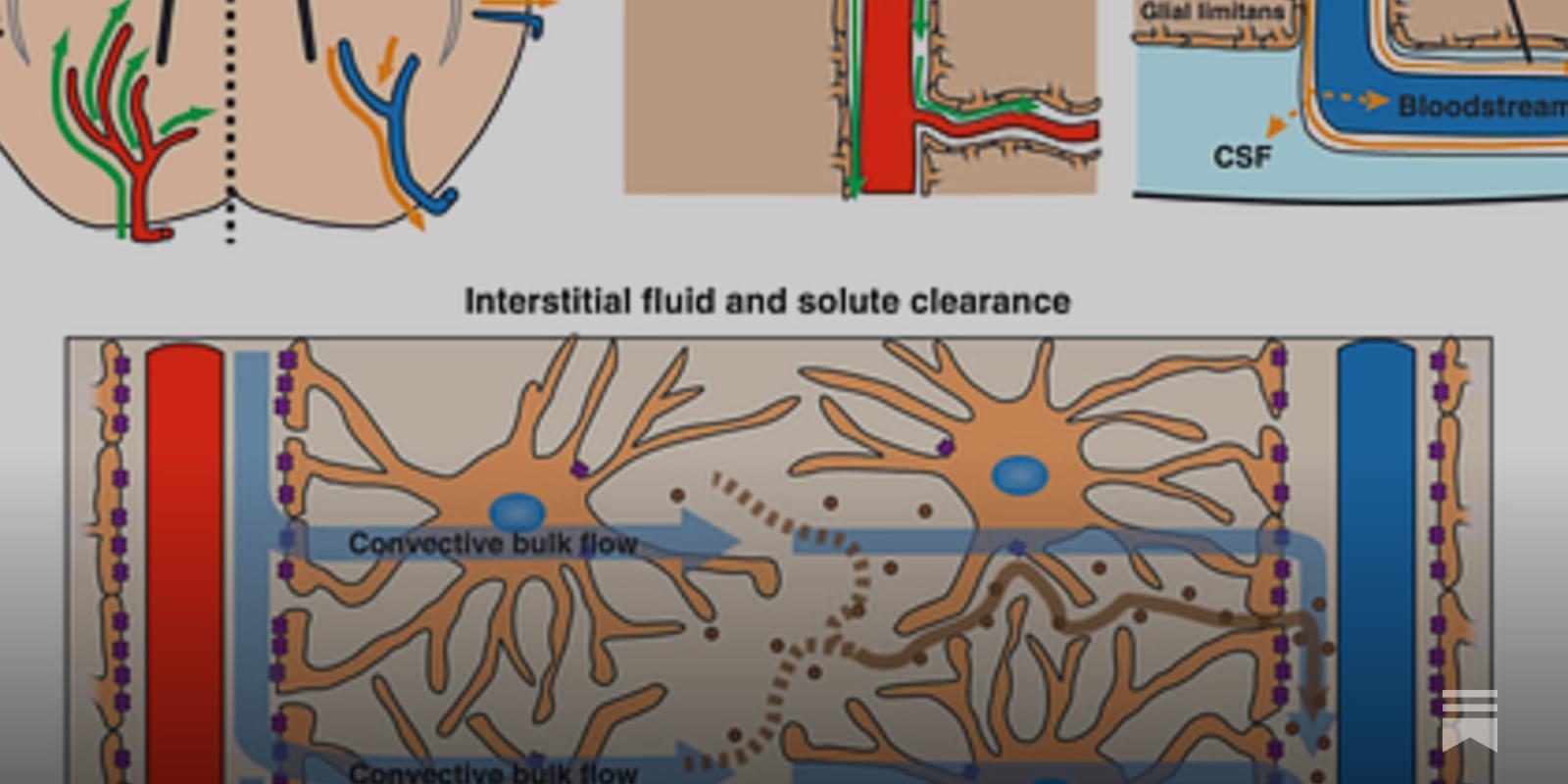By researching the brain’s connectome researchers are hoping it can help them build better AI’s and better models of the human brain.
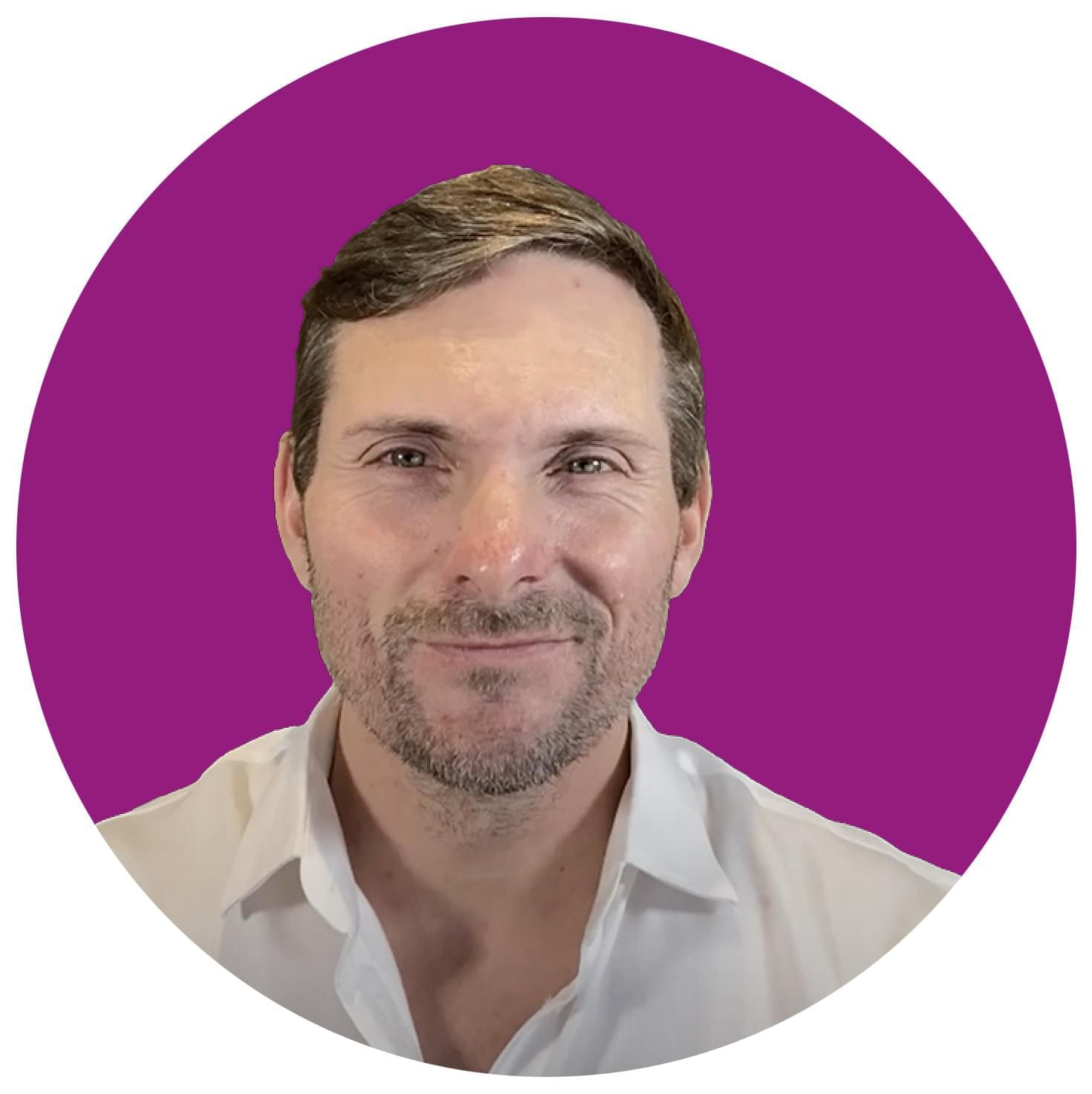

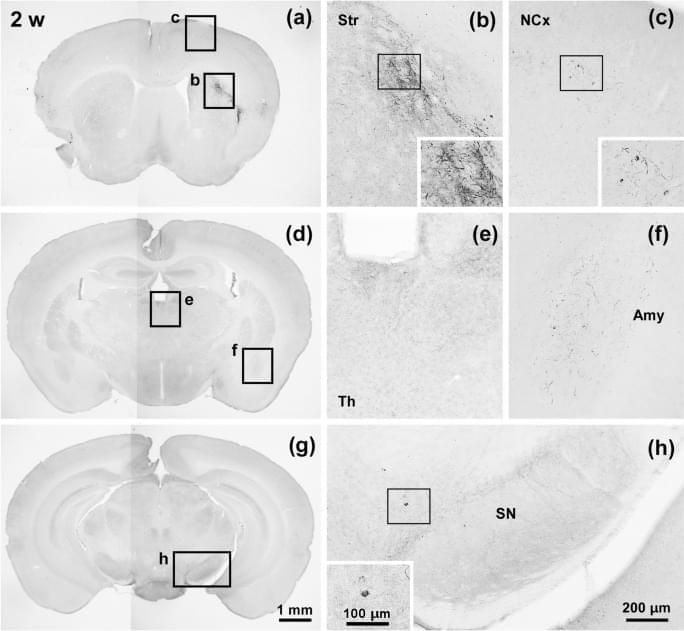
Kameda, H., Okamoto, S., Ogasawara, K. et al. Sci Rep 15, 44,530 (2025). https://doi.org/10.1038/s41598-025-28153-9

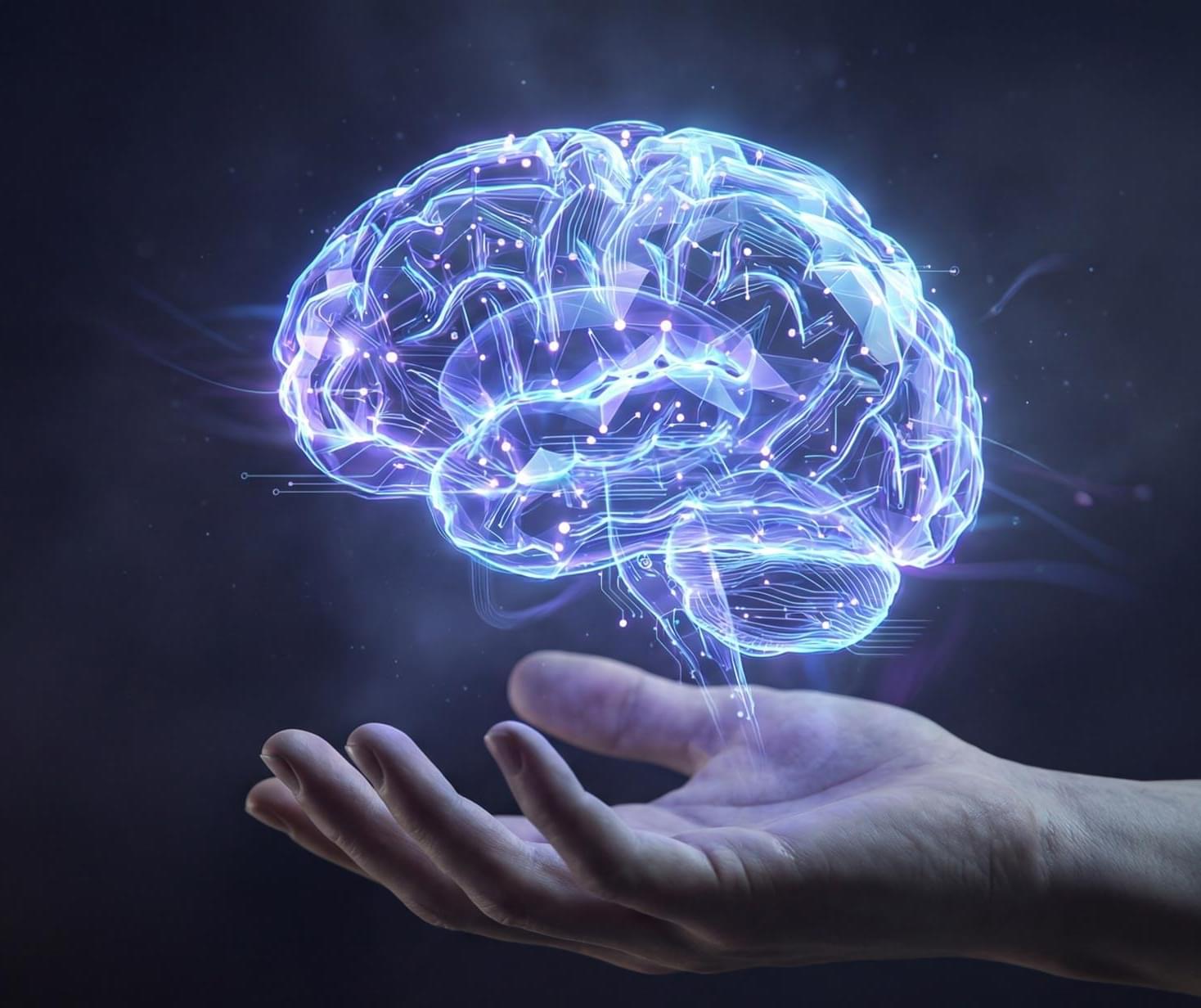

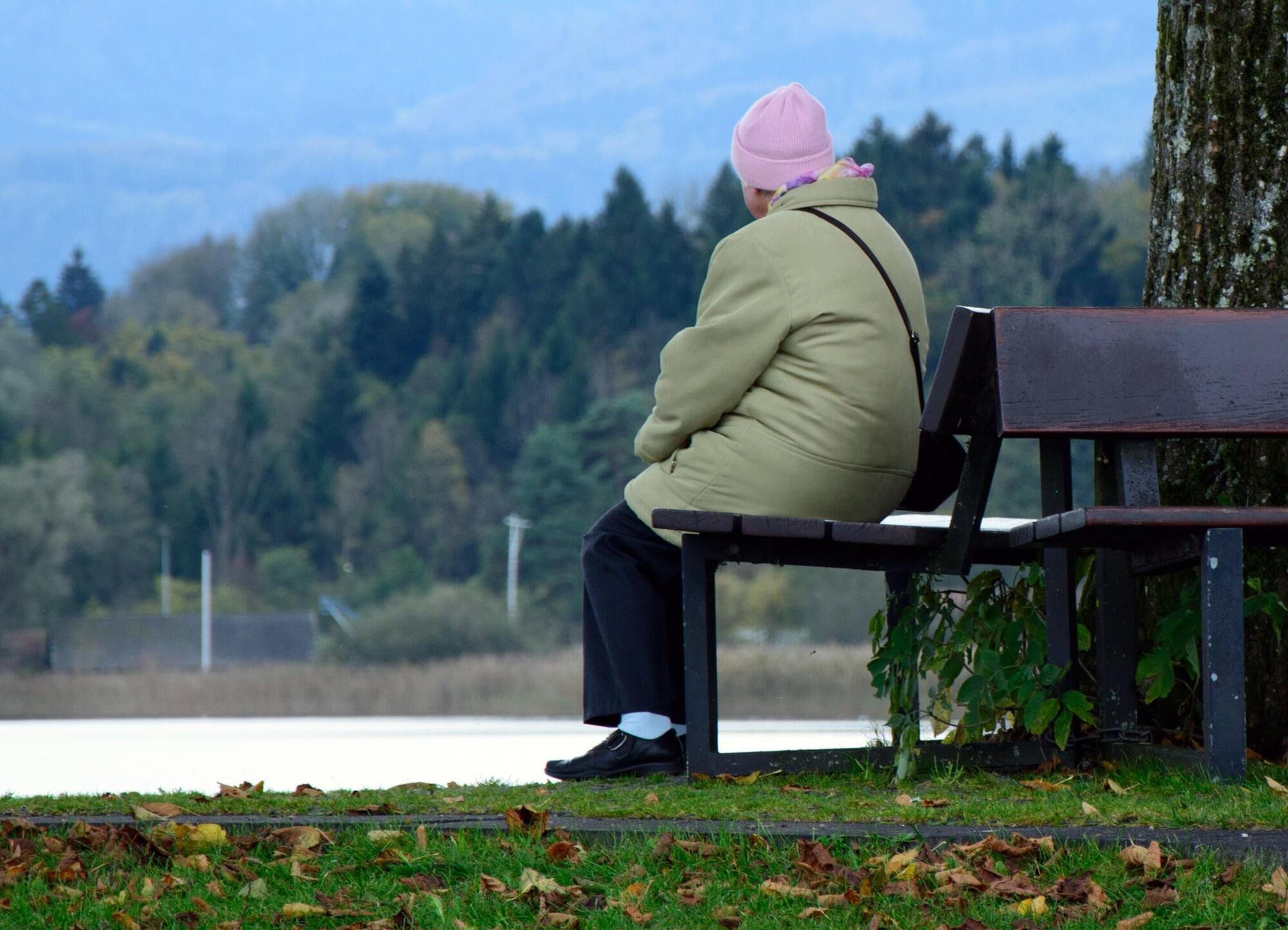
Long-term exposure to fine particulate matter like PM2.5 components in polluted air can not only cause respiratory diseases, but also increase the risk of depression in older people, especially in those living with preexisting heart, metabolic and neurological conditions.
Depression has caused more loss of healthy life worldwide than any other mental health condition. This disorder has snatched away people’s will to perform the basics of daily activities. An analysis of global health data in 2021 showed that all the years people lived with disability or reduced quality of life because of depression added up to about 56.3 million years.
A recent population-based cohort study collected data from nearly 23.7 million U.S. Medicare beneficiaries aged 65 years and older between 2000 and 2018 to examine specific components of PM2.5 exposure, both individually and in combination, and its associations with the risk of developing depression. Among those tracked, more than 5.5 million developed depression during the follow-up period. These findings are published in JAMA Network Open.
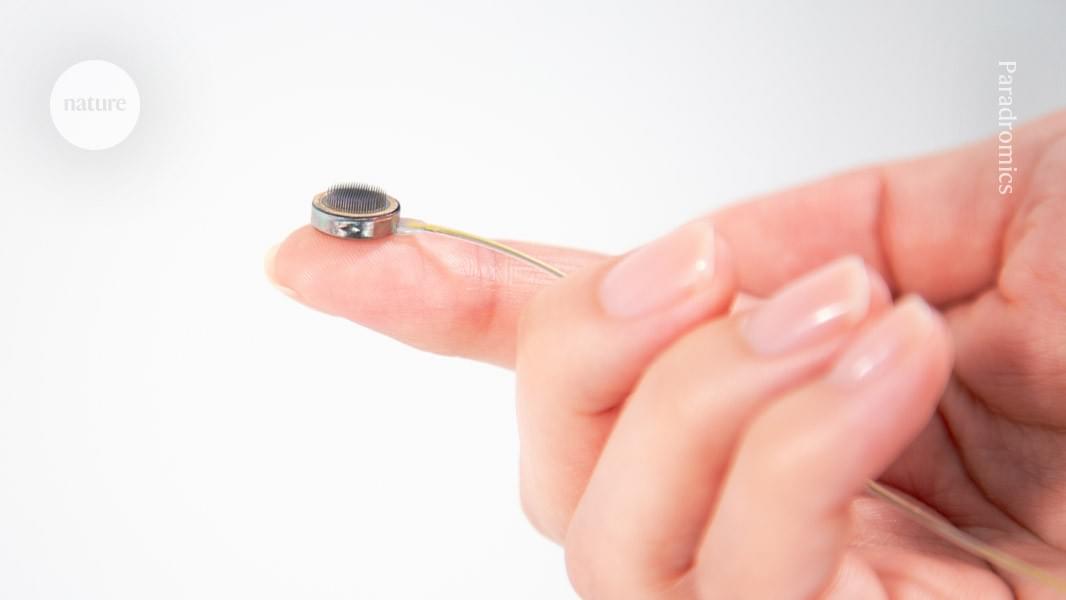
The first recipient of the Neuralink implant has successfully turned the X comment section wholesome after posting how the implant gave him a newfound sense of purpose.
It’s bound to happen at a summer picnic, a peaceful walk in the woods or simply sitting in your backyard… a mosquito targets your blood for its next meal. You’ve been bitten. But how do mosquitoes find you?
Among several methods used to locate new hosts for blood-sucking, mosquitoes feature a keen ability to detect carbon dioxide. As we breathe out, we emit CO2 into the air around us, which mosquitoes can sense. But how?
Scientists have been aware of the mosquito’s ability to detect our carbon dioxide expirations but the intricate underlying physiological structures enabling these capabilities have largely remained unclear.
